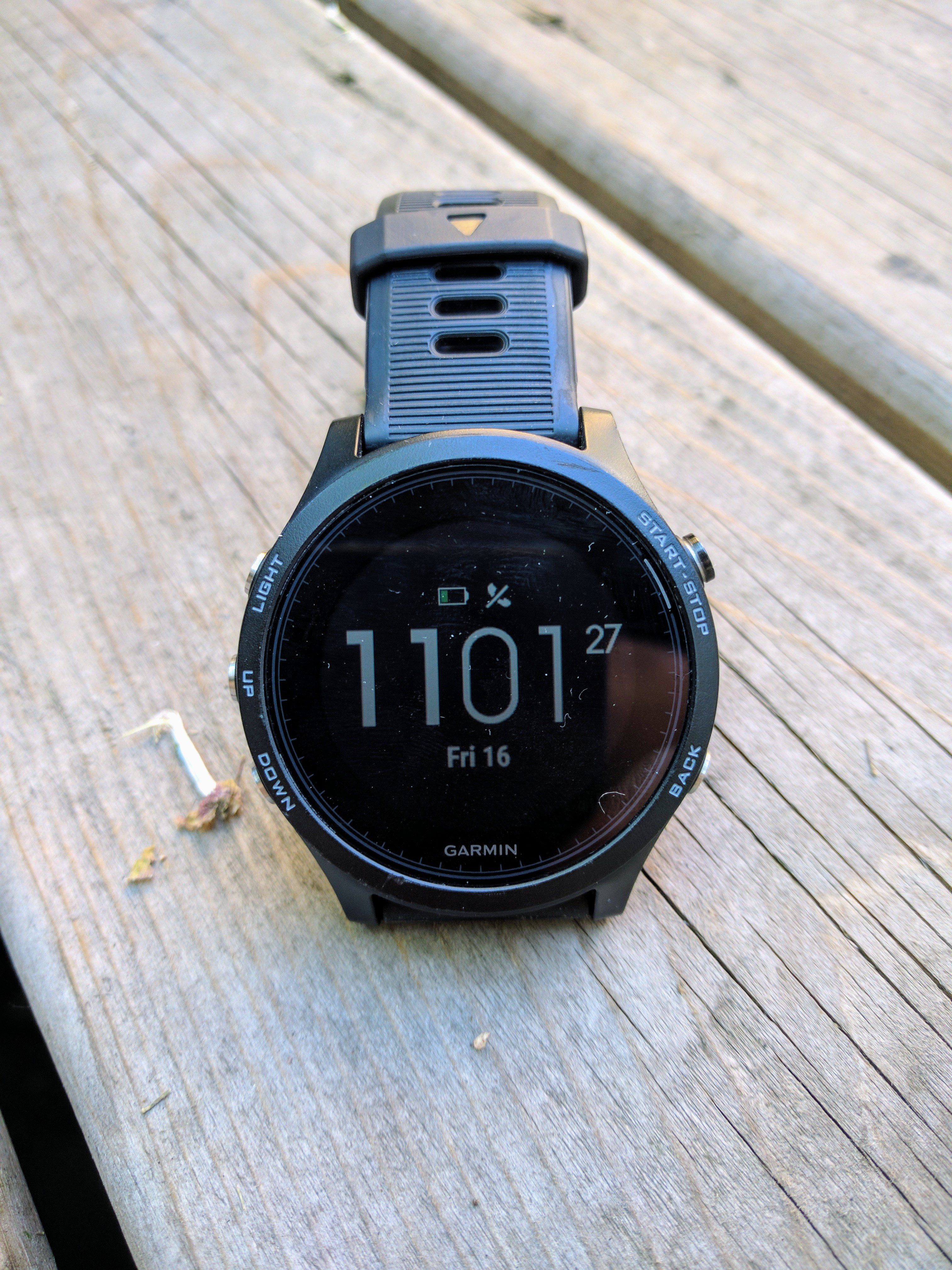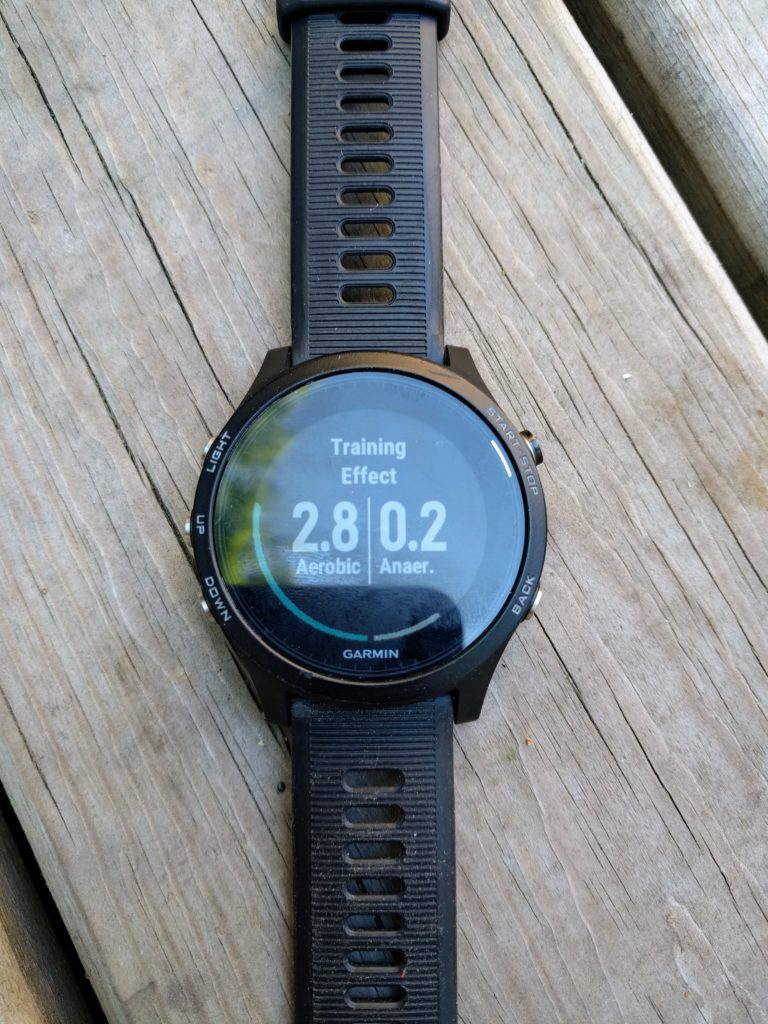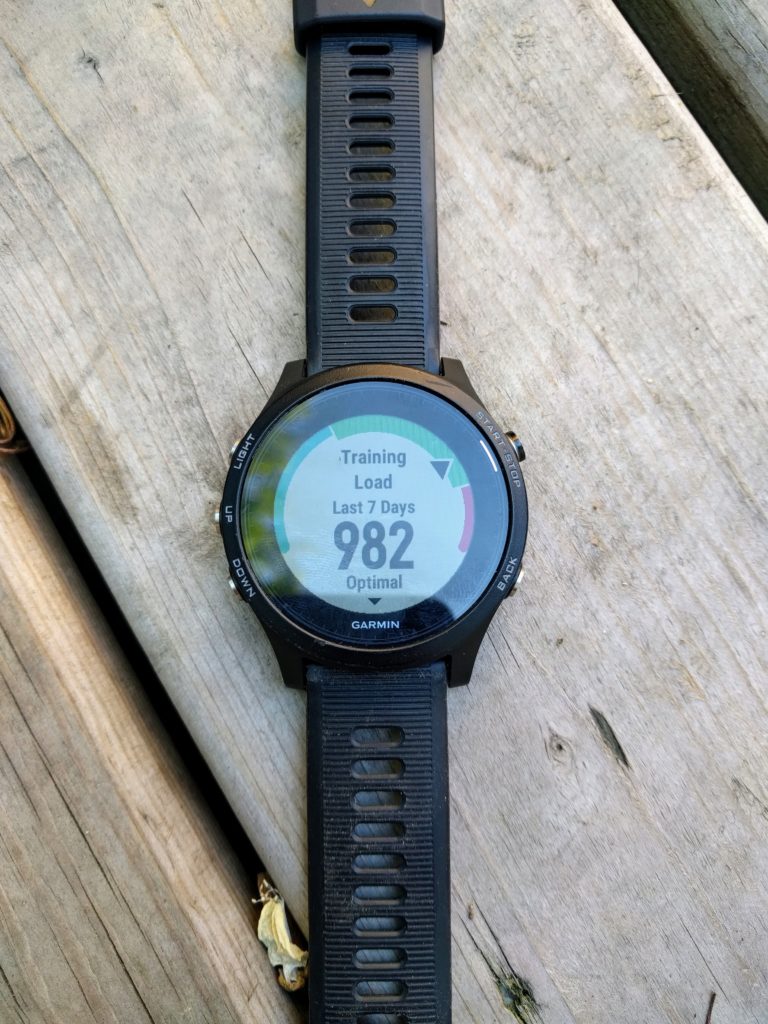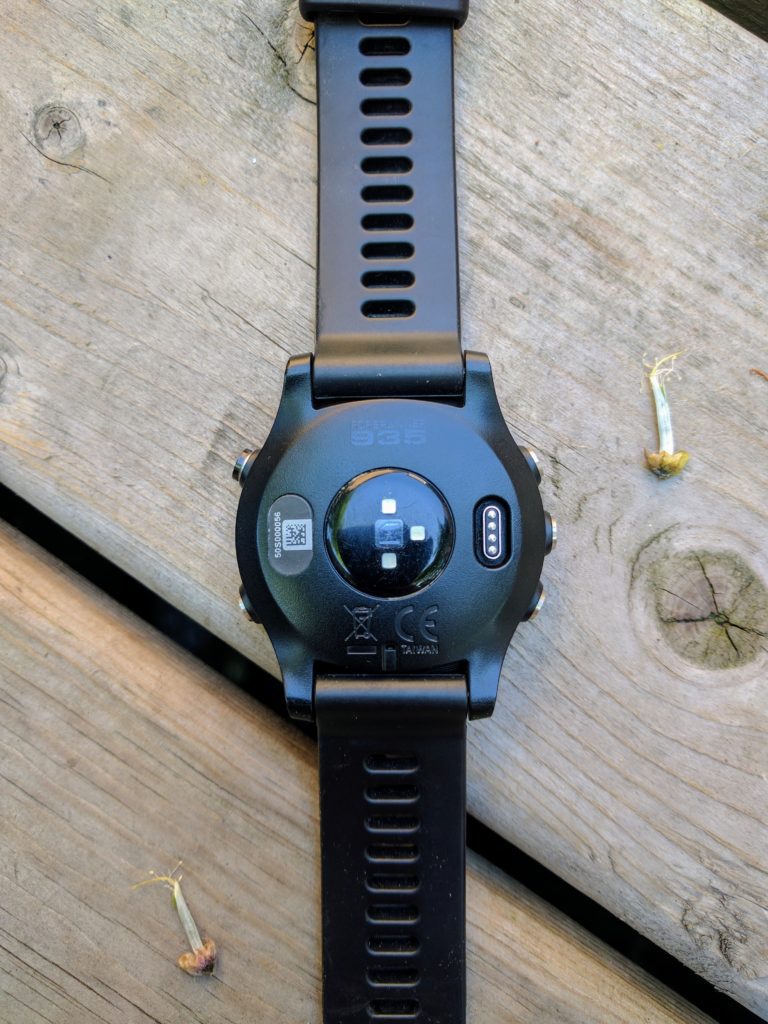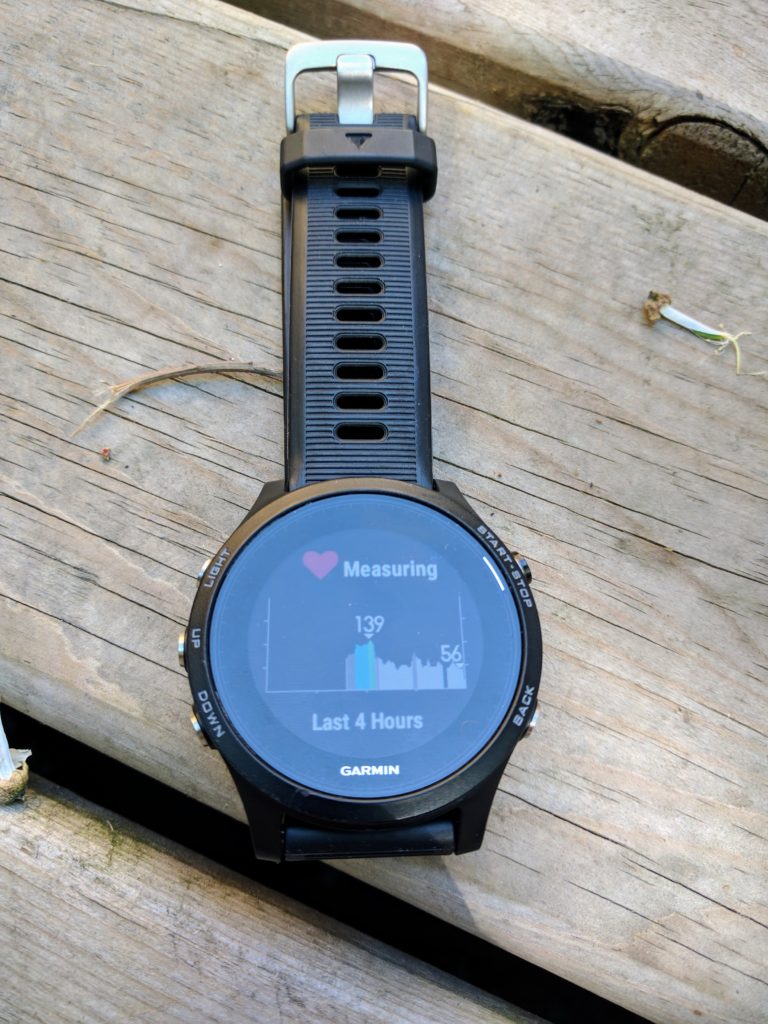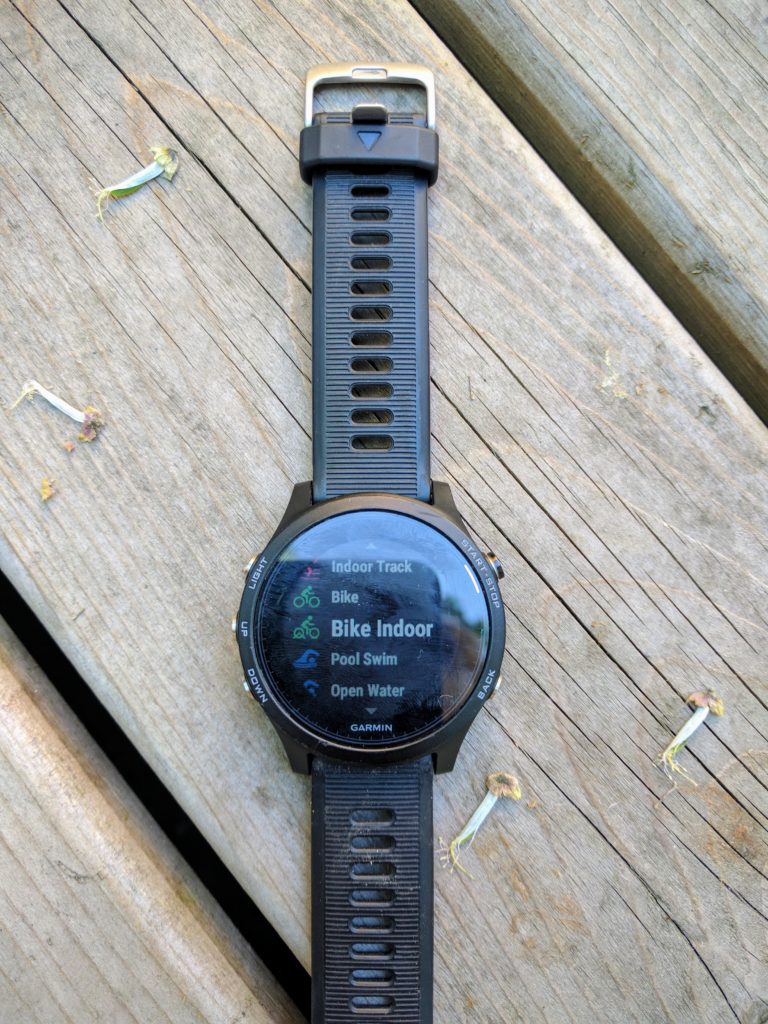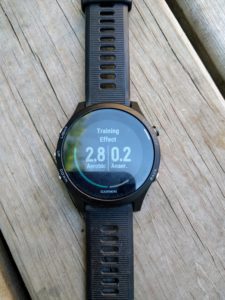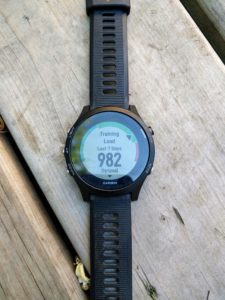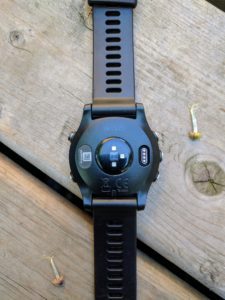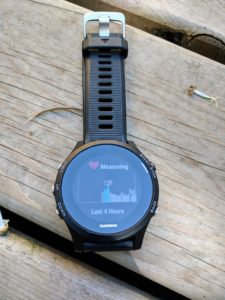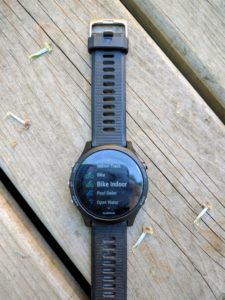Garmin Forerunner 935 reviewed
Our in-depth look at Garmin's latest multisport watch.
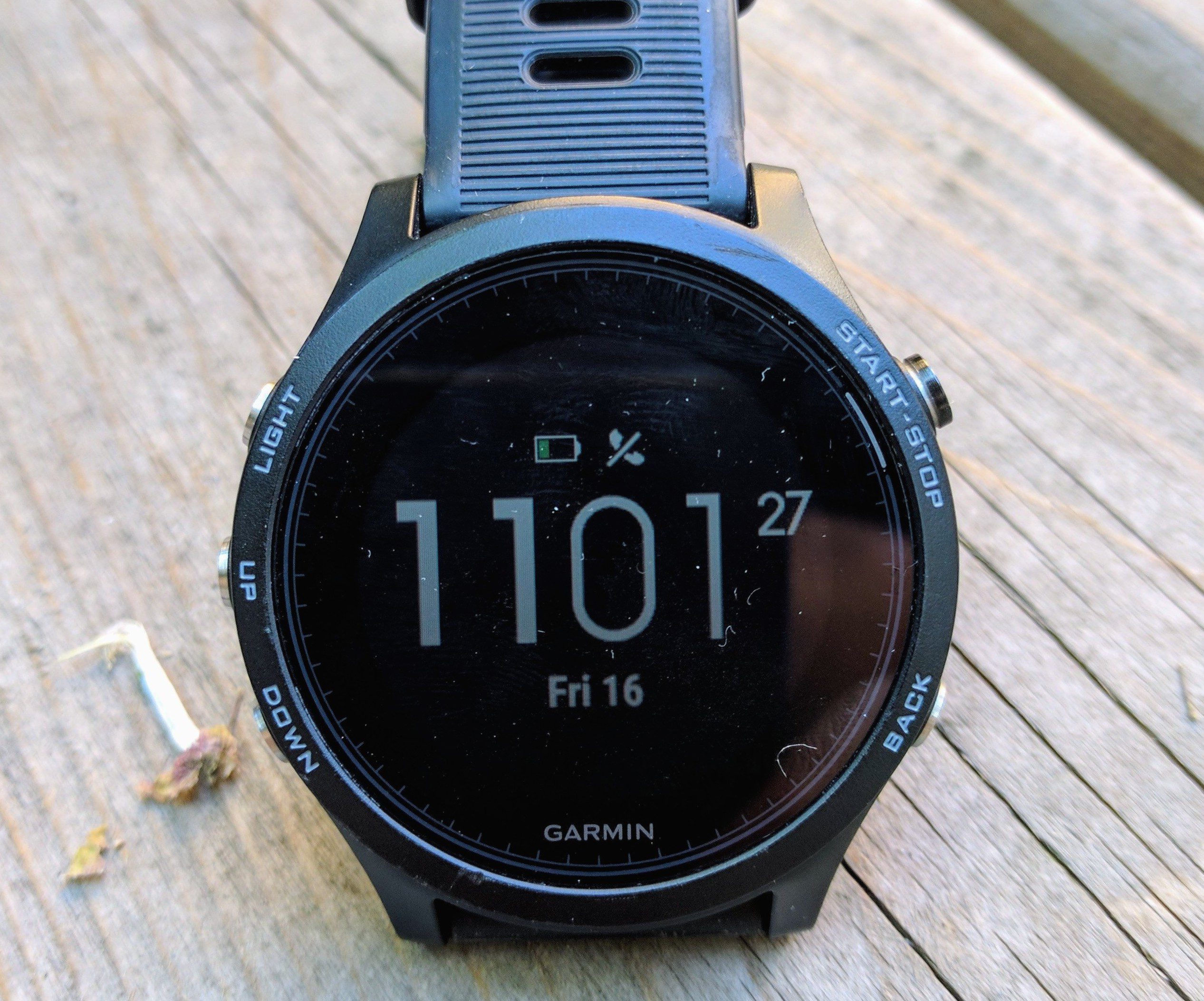
— By Daniel Walker
It’s been about a month now that we’ve had our hands on the new Garmin Forerunner 935. It’s the latest triathlon-specific watch from Garmin and we’ve had the chance to swim, bike and run with the 935 for over 2000 combined kilometres so far.
Fans of past Garmin models will be comforted by the familiarity of the Forerunner’s interface. Your classic run, bike, and swim menus are still there, but if you’re upgrading from a running specific watch like the Forerunner 230 or 235 or perhaps an older model like the 15 or 20 you’ll love the multisport specific functions that remove any race day stress. Like the “triathlon” function on the Garmin 735XT, you simply press start at the swim and then use the lap function to change to T1 and then to bike etc, etc…
The most important change to the hardware is the integration of the wrist-based optical heart rate sensor, also a feature of the 735XT. If you’ve ever wasted minutes before your run or ride fussing with a heart rate strap then it will be a relief to be permanently done with this ordeal. My biggest worry was that my heart rate would read inconsistently or the reading would be super jumpy when training. But that hasn’t been the case in the month or so I’ve made the transition away from the heart rate strap. Though if you wanted to the connect to an external heart rate monitor or power meter the Forerunner 935 connects to both Bluetooth and ANT+ compatible devices.
For me, my favourite part of getting to test this watch has been using the dedicated swim mode. For a while, I was logging my swims in the “Other” mode. For long sets, having my Forerunner track my distance was greatly appreciated. I, like many other triathletes, seem to lose basic addition skills once in the pool.
One detail we’d love to see added to the swim feature of the watch is an auto-pause in the open water swim setting.
If there’s one standout quality to the Forerunner 935 it’s the battery life. It’s flat-out outstanding. The claimed 24hr battery life in GPS mode is pretty much bang on. For somebody who’s considering doing an Ironman, this is a massive relief to not worry if your watch is going to fall asleep on you 15km into the marathon.
Particularly interesting is the built-in Training Peaks app. It works flawlessly to integrate your training plans from TP into your current workout. You can say goodbye to taping your workout to your stem or carrying around a sweaty piece of paper during your run workouts. It’s not that this is so incredibly impractical but at this price point, this seamless integration is one of the details that makes a watch like this worth considering.
As a plus, the Garmin Forerunner 935 is a pretty good looking watch that could pass as socially acceptable most times you’re not wearing a suit. The watch face is less bulky than the Fenix models and the move away from the 920XT’s square face, so it doesn’t scream “I’m studying my normalized power numbers all the time”.
So is it worth upgrading to the 935? At $679 for just the watch or $879 for the Tri Bundle (includes the external HRM and the swim specific HRM) it’s a serious investment in your training. It’s biggest advantage over the Forerunner 735XT is the battery life. With 24 hours of battery life compared to 16 of the 735, the Forerunner 935 has a significant advantage here. If you’re an athlete who is self-coached the ability to monitor your Training Load and Training scores on your wrist is a serious bonus.
You can find the Garmin Forerunner 935 online at garmin.com or check it out at your local multisport shop so you can see it in person.
